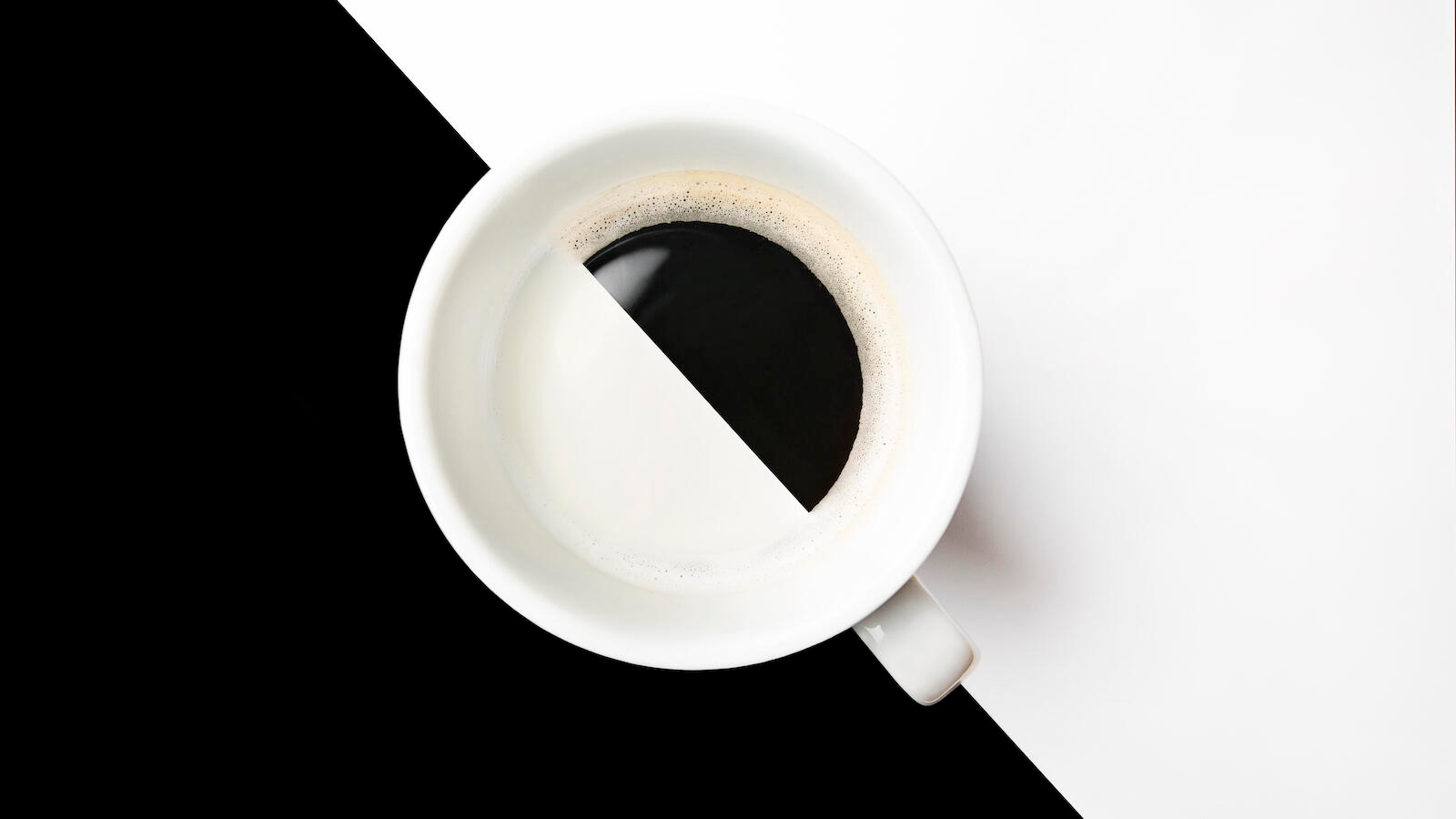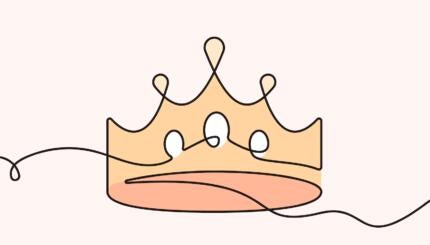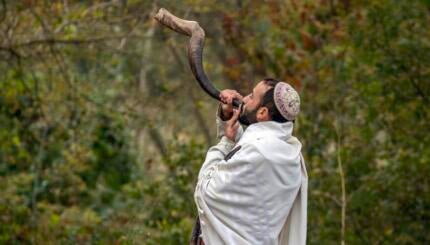In the story of Purim, much of what we expect to happen gets flipped on its head. The king sends away his first queen for not obeying his orders, only to end up following the wishes of his new queen. Mordecai goes from being cast out from the palace in sackcloth and ashes to the king’s most important advisor. Esther goes from timid wife to courageous leader and Haman from esteemed advisor to hated villain. And at the heart of the story, the Jews go from near victims of annihilation to victors.
These acts of inversion are encapsulated by the Hebrew phrase nahafokh hu — literally “it was flipped” — which we find in the text towards the end of Megillat Esther. After Esther has revealed Haman’s evil plot to the king and had Haman impaled on the stake that had been set for Mordecai, the Jews, having nearly been killed, go on a killing spree of their own, slaying 500 men in the capital of Shushan along with Haman’s ten sons. Esther then requests that the Jews be permitted to engage in a similar attack the next day and to impale Haman’s sons on the stake. Her wish is granted, the sons are impaled, and an additional 300 men in Shushan and a total of 75,000 in the rest of the kingdom are killed. As the text states: “And so, on the thirteenth day of the twelfth month — that is, the month of Adar — when the king’s command and decree were to be executed, the very day on which the enemies of the Jews had expected to get them in their power, the opposite happened [nahafokh hu], and the Jews got their enemies in their power.” (Esther 9:1)
These narrative flips are celebrated as profound victories, encouraging us to celebrate the sacredness of inverting reality and not letting ourselves get boxed in by expectations. In a world in which we seek certainty, and at a time in history in which we have become so invested (if not entrenched) in our own view of reality, it is powerful — and even thrilling — to have a holiday in which assumptions are so thoroughly undone. Our anxieties and pessimism can, if only for a day, be inverted into joy.
But these opposites also distract. We can get as boxed in by the inversions as by our expectations, which are simply a mirror image of each other and so can deceive us. On a deeper level, the story of Purim invites us to consider that the goal is not the simple inversion of villain to hero, but rather something more nuanced, creative and complex.
With your help, My Jewish Learning can provide endless opportunities for learning, connection and discovery.
While many of us tend to turn away from the violent and vengeful final chapters of the Purim story, we ought not to. When we have suffered the threat of annihilation, the desire to enact the opposite, to seek the destruction of those who sought to destroy us, may feel natural. However, the simple act of inversion threatens to trap us in destructive cycles in which the victims of today simply become the villains of tomorrow. If we seek genuine transformation — that is, justice for all — we must seek to break these cycles and move beyond stories that limit our imagination. We must find a different way to use the power of opposites.
The Mishnah offers us a path forward. In Avot 5:22, we learn with regard to Torah study: “Turn it and turn it [hafokh bah v’hafokh bah] for everything is in it.” Rather than a one-time act of inversion, our ancestors invite us to turn the text over continuously in an ongoing and fundamentally creative process, playing with the many possibilities that it yields.
Extrapolated beyond Torah study, we can take this phrase as a guide for how we might approach any aspect of our lives — perhaps especially the most difficult ones. Whenever we’re tempted to impose a simple hero-and-villain framework of opposites, hafoch bah offers us another way — a way of ongoing process, a way of creativity and soul-nourishing complexity. This requires us to take our time, to continually work with material that is challenging and, in so doing, create the potential for more generative and liberatory possibilities to arise.
This Purim, and especially at this precarious moment in our world, as we pray for a future of safety and peace for all, let us not stop at the desire to simply invert reality, flipping the strong into the weak and vice versa. Rather than settling into cycles of retribution that distract us from what it truly means to be human, let us dare to imagine another story altogether — one in which mutuality, care and healing of the trauma of both hero and villain can come to pass.
This article initially appeared in My Jewish Learning’s Shabbat newsletter Recharge on March 12, 2022. To sign up to receive Recharge each week in your inbox, click here.



